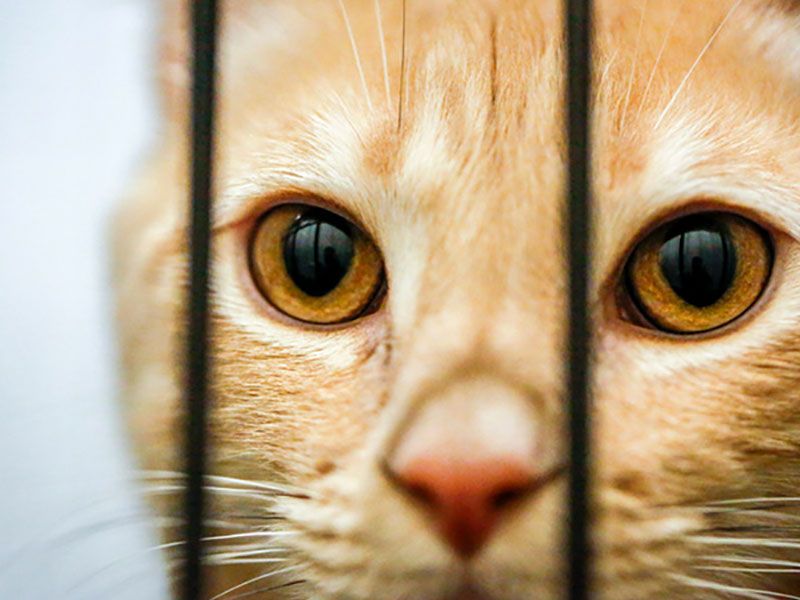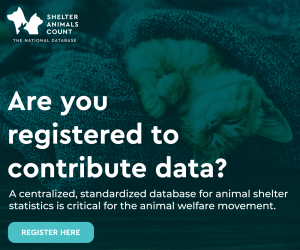What are animal shelters doing to protect wildlife from cats?

There are many things animal shelters, rescue groups and animal control agencies do to keep local wildlife safe from cats. Shelters may not even think of these actions as being helpful to wildlife, yet it is important to note the value in this work for a broad range of species.
Here are some things local organizations may do to help both cats and wildlife:
- require adopters to keep cats indoors as part of adoption contract (or outdoors with supervision or in enclosure)
- provide adopters and the public information on reducing cat-wildlife conflict, keeping cats indoors, and/or safe outdoor cat enclosures (catios)
- spay or neuter all cats prior to adoption (excluding those exempted due to a medical condition)
- keep stray kittens under a certain age for adoption rather than returning them to their outdoor homes
- accept or require returns of adopted cats that the adopters can no longer care for, offering an alternative to that cat being abandoned outdoors
- offer cat behavior counseling to help keep cats in their homes and keep cats indoors
- offer free or low-cost spay/neuter surgeries to the public
- conduct community outreach to help keep cats in their homes and provide resources, especially in under-served areas
- offer no-fee or waived fee surrenders for those of limited means
- provide free or low-cost ID tags for cats
- offer free or low-cost microchips for cats
- provide assistance to the public for reuniting and/or rehoming friendly stray cats
- avoid returning community to critical wildlife habitat
- offer a barn cat or relocation program for those cats which takes into consideration wildlife impact when choosing relocation sites
- have a “cats inside” educational effort
- manage trap-neuter-return programs to reduce the overall outdoor cat population



